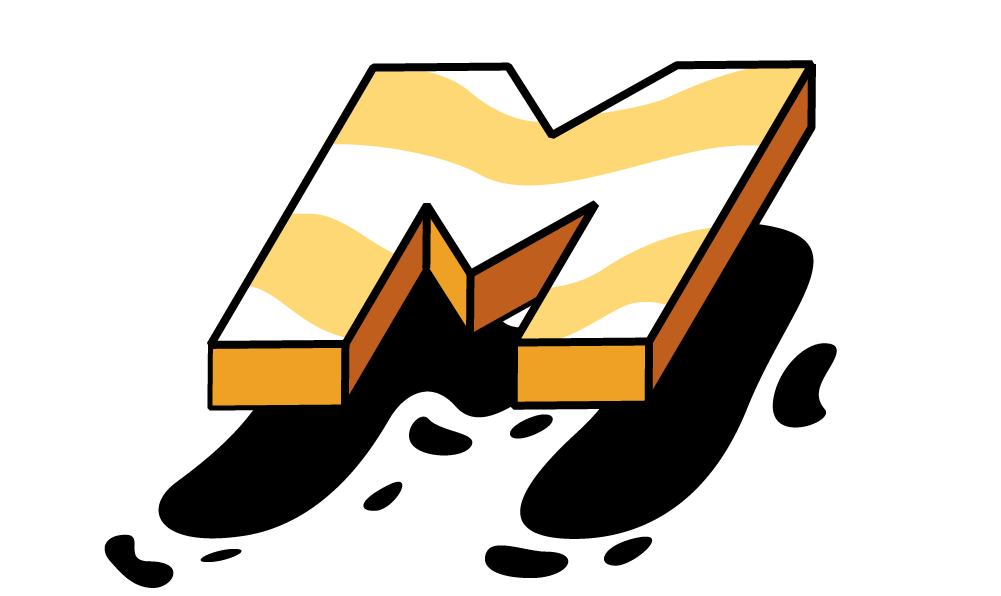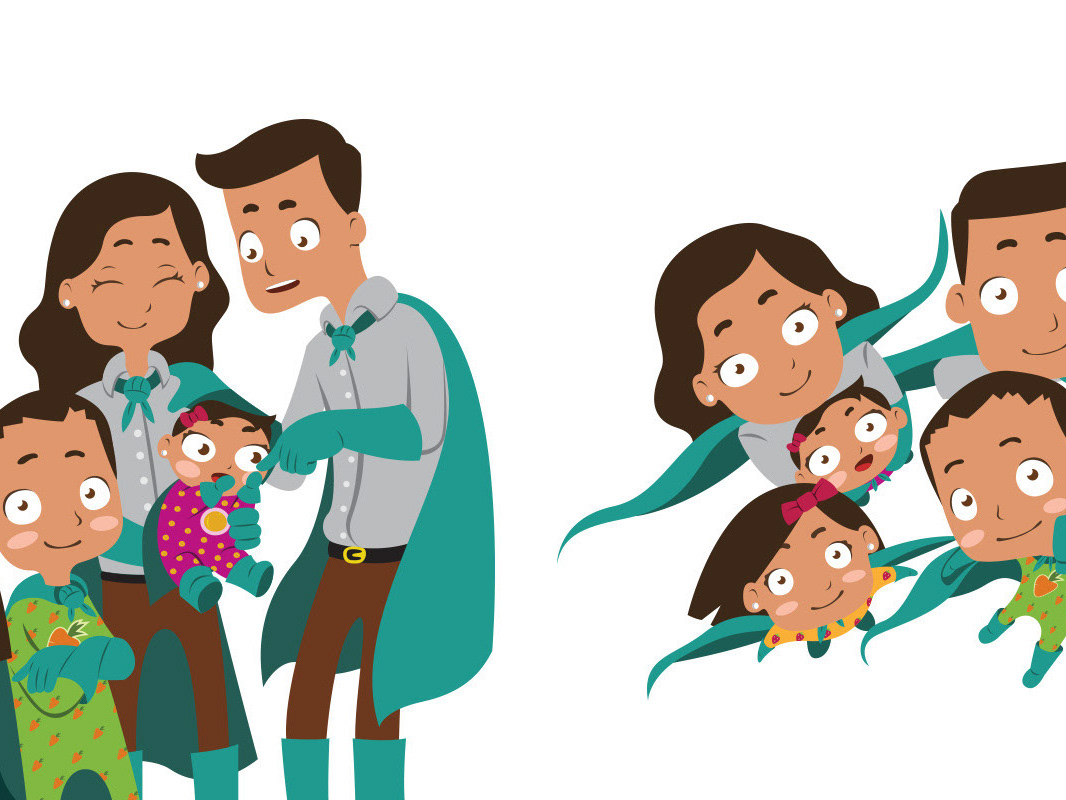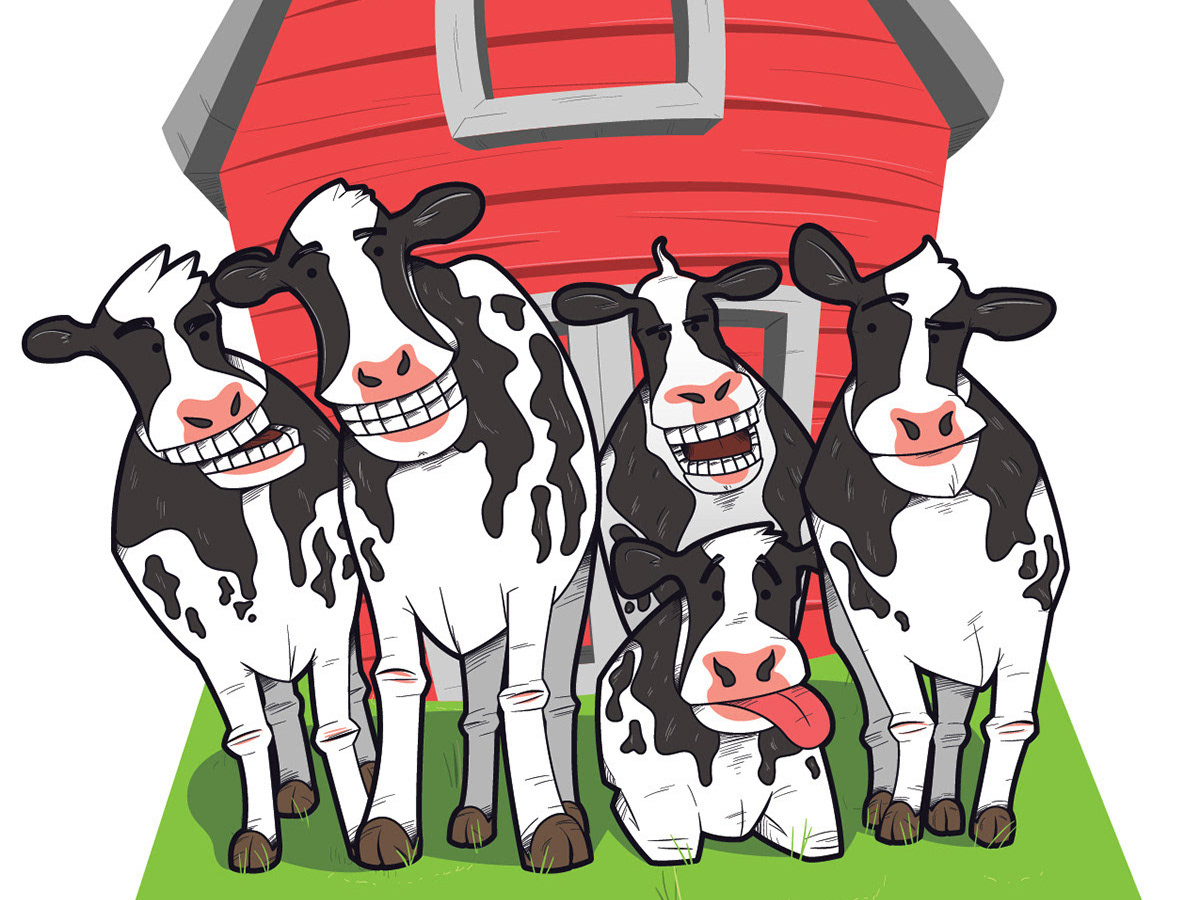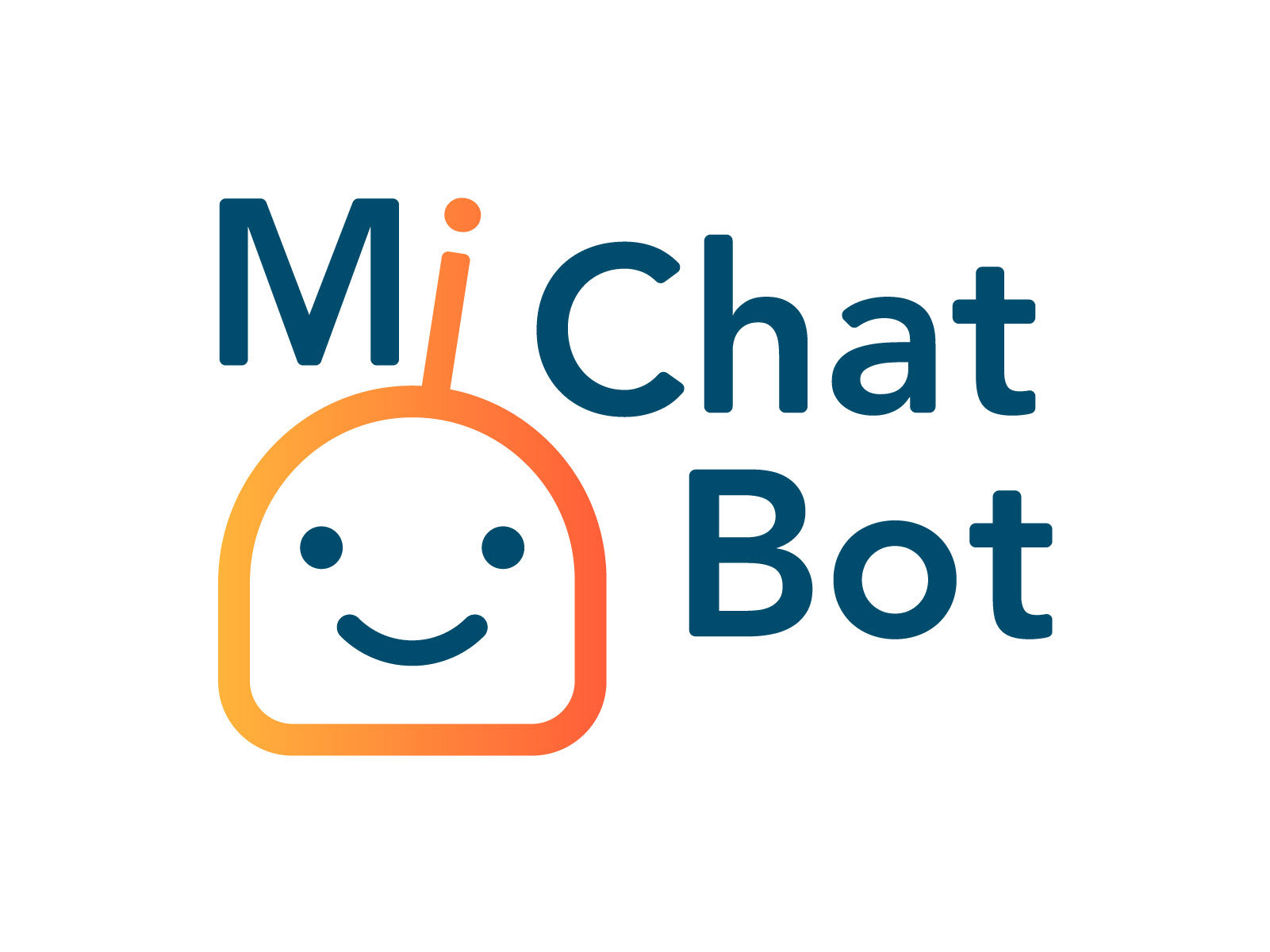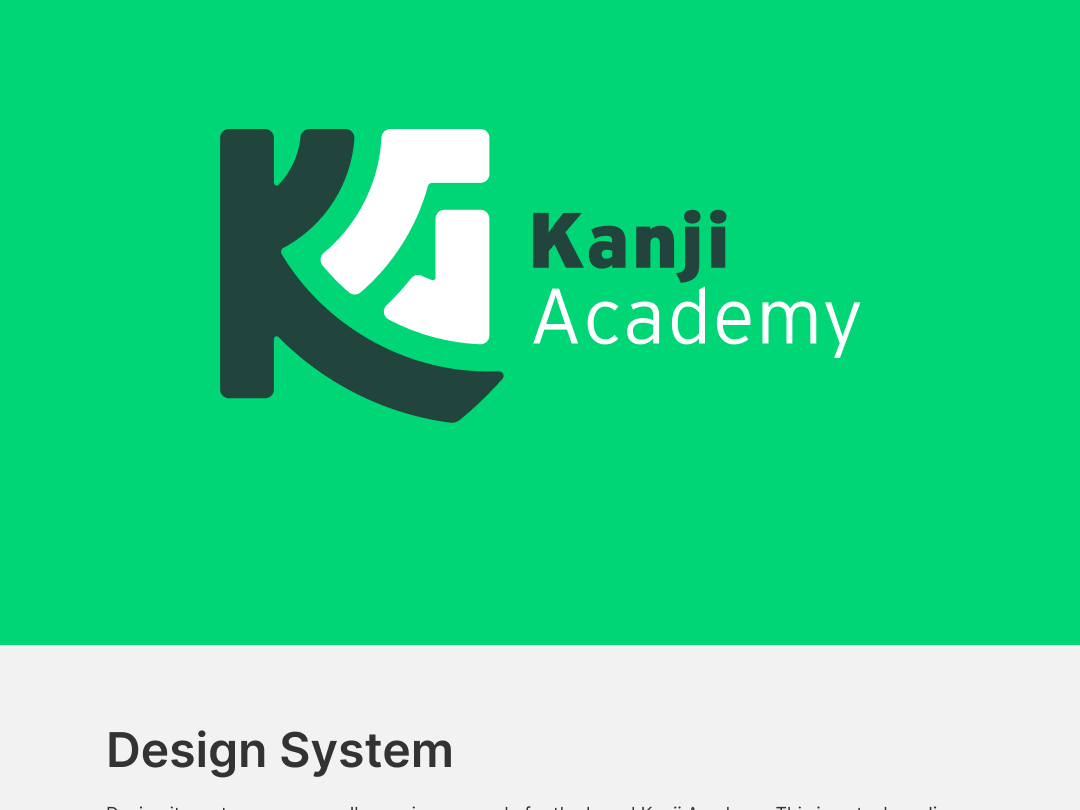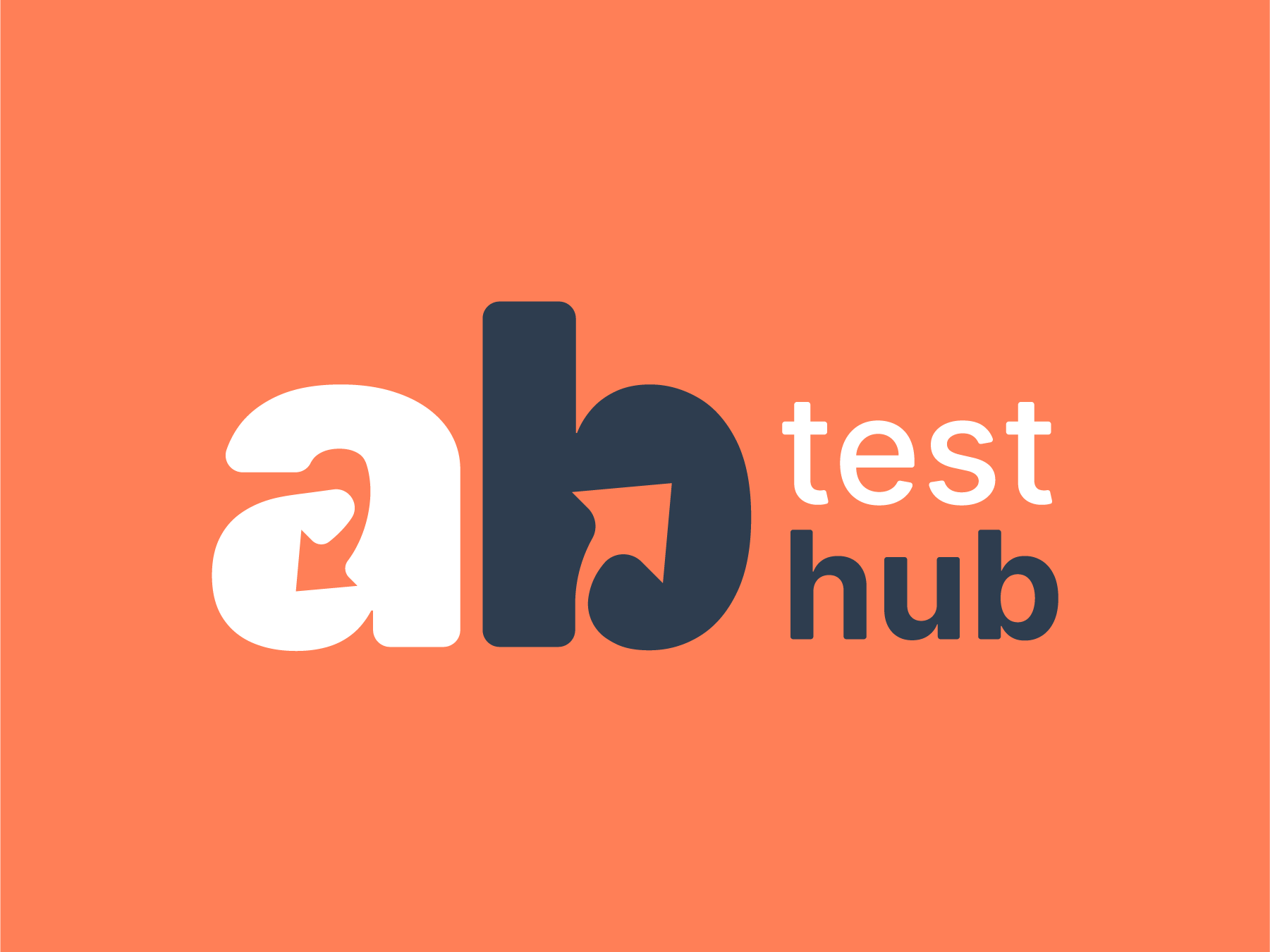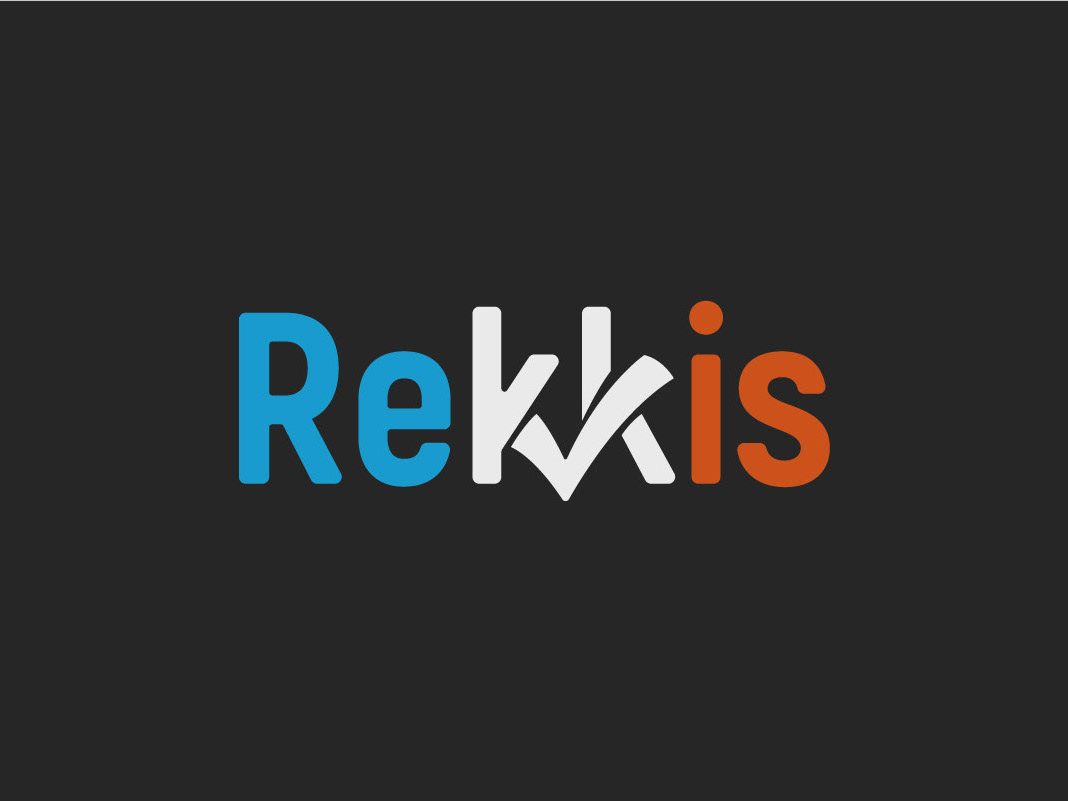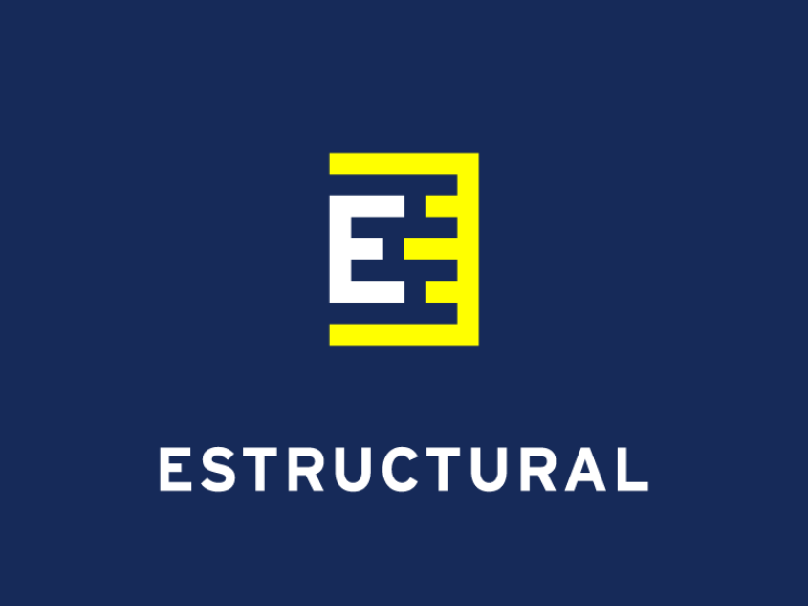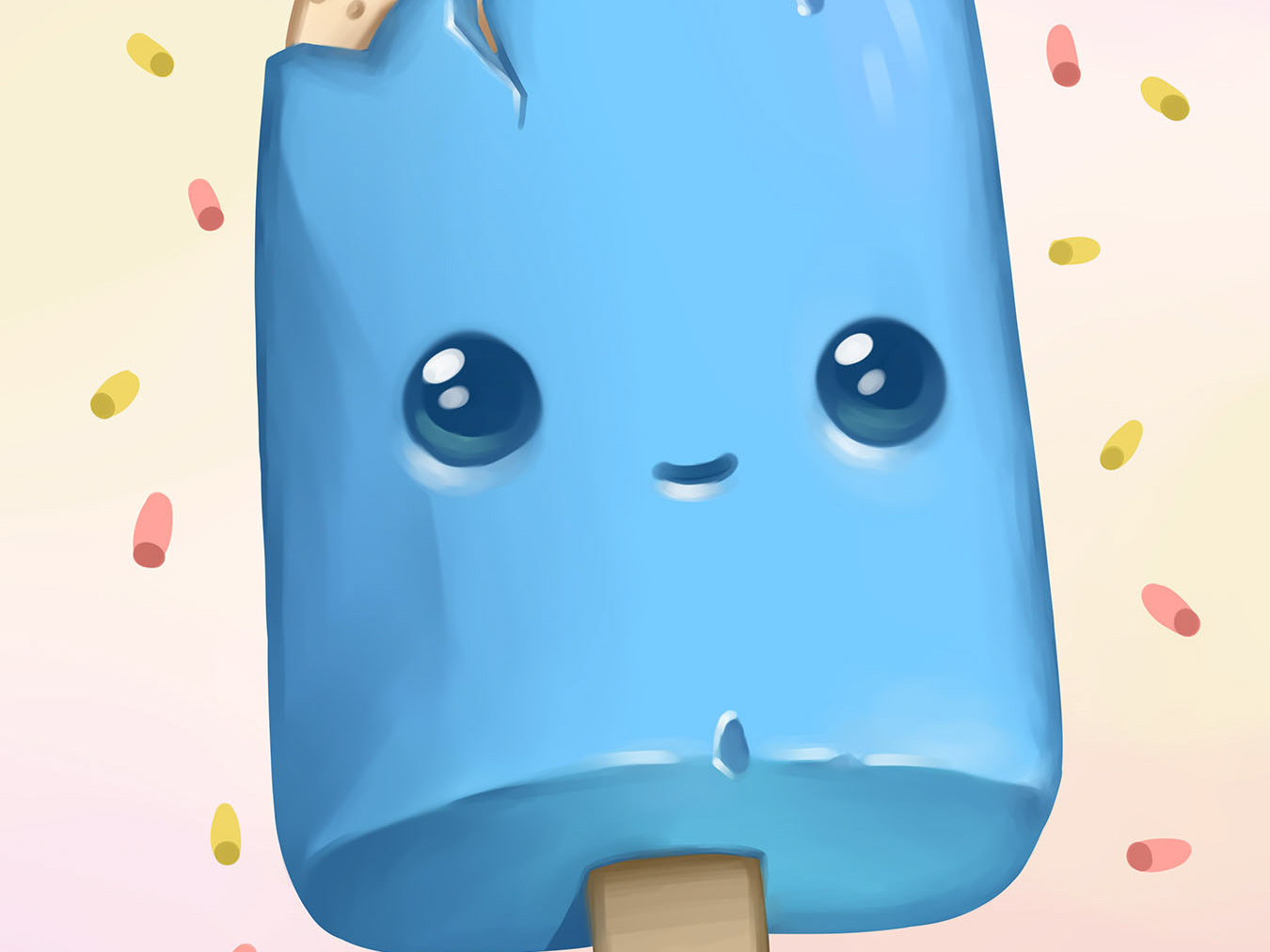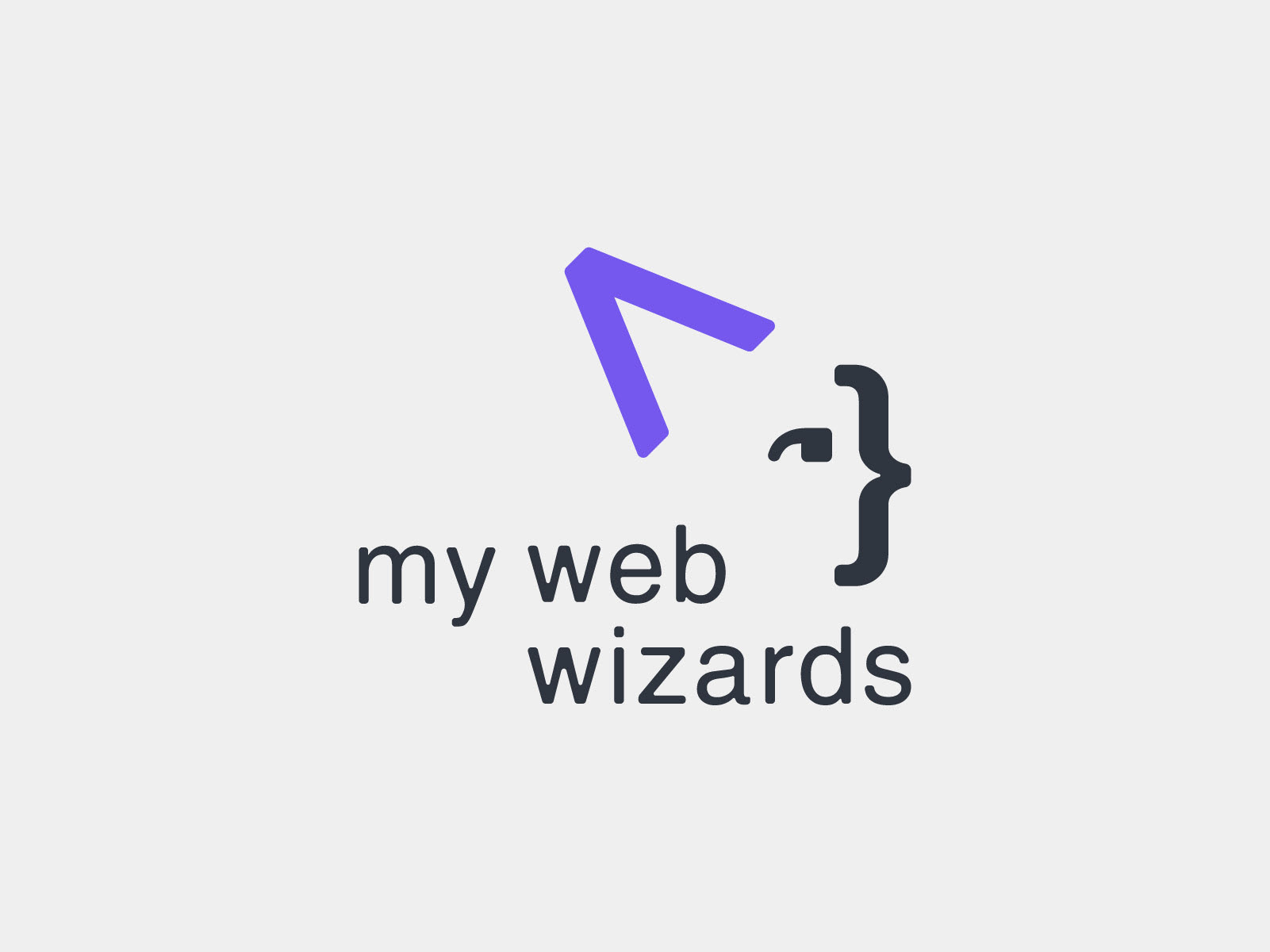As part of the Autoweb team, I was in charge of optimizing the revenue income on certain sites, and one of those sites was an advertising page with poor performance.
The whole process of optimization required a multidisciplinary perspective, so I paired with developers and data analysts in order to take as much quantitative insights as possible into each of the creative steps. Optimizing the design required several A/B tests and Multivariate tests within a limited volume of traffic from the real operational product, and it took time because of the probability of impacting the revenue inflow with each test we made.
The following is a screen of how the design looked when the project got into my hands. Several design mistakes are visible.
At first, the company didn’t have access to a wide range of quantitative data, like where the user was clicking or how much the user was scrolling. The only data available was the CTR (Click-Through-Rate) and the eCPM (Effective Cost Per Mille), and I was a one-man team at the time, so I had to rely on my design skills and pattern documentation in order to start the optimization process that eventually reached a good point.
A great number of tests were made with little to no impact on the site’s performance. The breakthrough test happened when I decided to focus the new design on the Arrow Pattern, the idea of an arrow pointing to the right communicating the user that by clicking on an ad, there would be a redirection to a positive new site. Finally, the first test that had a great impact on the CTR, close to 10% increase which, considering the millions of potential users per month, was a great increase. The following is a screen of how it turned out.
The new design was implemented company-wide, and a new team was formed were I got to work along more developers and data analysts. A new tool was added to the equation, this tool allowed to watch how the users were interacting with the site, where they were clicking, how much they were scrolling, how the read the content, etc. Also, the data range increased and now we had more traffic volume to test and a new fast environment to design, launch, analyze and repeat.
The quantitative data showed that within the most important elements were the image and the button. This was the conclusion of a multivariate test where 16+ design variates were implemented, turning elements on and off in each of those variates. But the most interesting part came from watching how the users interacted.
Heat map of where the users were clicking.
I really wanted make the design more modern and give a visual relief of having that many big button in a single scree. I noticed that the users really read the information with the mouse and most importantly that, when click on the button, they focus only on the test of the button and not the overall shape. I made the new design, GETTING RID OF THE BUTTON, this was not received very well by corporate and developers, thinking it would fail, but I was certain of my skills and the information that I was seeing, so I implemented in a test. Imagine, listings without a button and only test. SURPRISE, it was a new breakthrough, the CTR increased close to 12% and overall the combination of all devices, it was close to 25%. This shows that knowing the real behavior of each individual product can surpass any design pattern that exists.
The following image is the design result of that.
After that I got into other multiple steps UX projects that need this kind of optimization.
